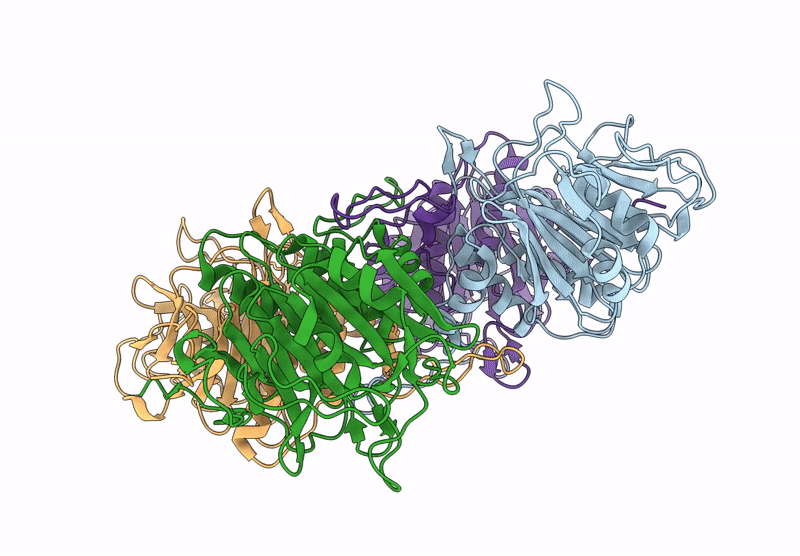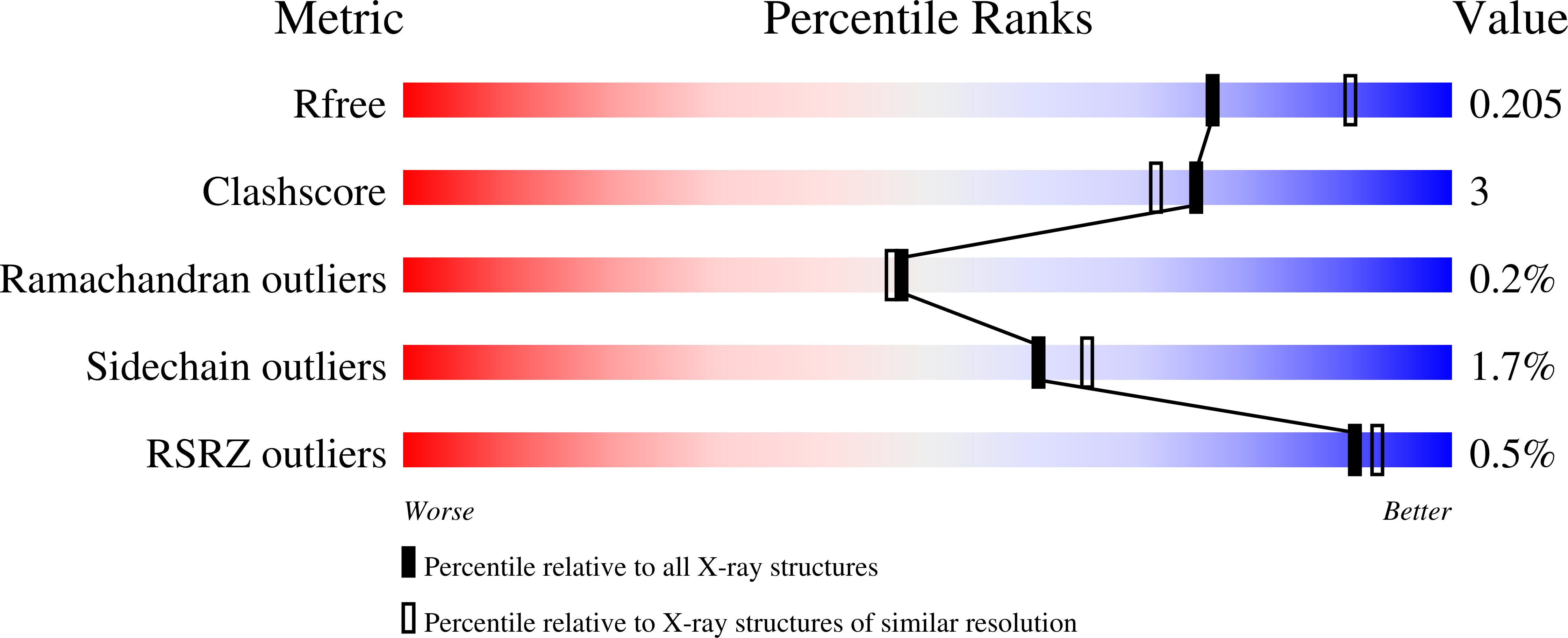
Deposition Date
2021-11-19
Release Date
2023-01-25
Last Version Date
2023-10-25
Entry Detail
Biological Source:
Source Organism:
Lactobacillus acidophilus (Taxon ID: 1579)
Host Organism:
Method Details:
Experimental Method:
Resolution:
2.15 Å
R-Value Free:
0.20
R-Value Work:
0.15
R-Value Observed:
0.15
Space Group:
P 1 21 1


